Still Broken Five Years Later
Very few people seem to know that the crisis began in a shadowy part of the financial system called repo, which is short for repurchase agreement.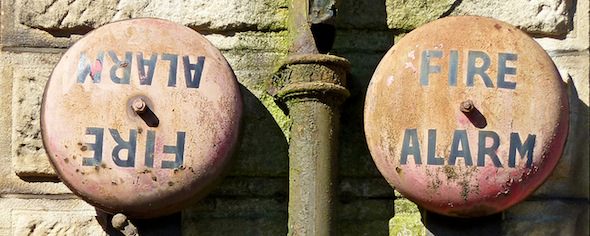
By Mike Whitney, CounterPunchThis piece first appeared at CounterPunch.
“The repo market wasn’t just a part of the meltdown. It was the meltdown.” —David Weidner, Wall Street Journal, May 29, 2013.
Ask your average guy-on-the-street ‘what caused the financial crisis’, and you’ll either get a blank stare followed by a shrug of the shoulders or a brusque, three-word answer: “The housing bubble”. Even people who follow the news closely are usually sketchy on the details. They might add something about subprime mortgages or Lehman Brothers, but not much more than that. Very few people seem to know that the crisis began in a shadowy part of the financial system called repo, which is short for repurchase agreement. In 2008, repo was ground zero, the epicenter of the meltdown. That’s where the bank run took place that froze the credit markets and sent the financial system into freefall. Unfortunately, nothing has been done to fix the problems in repo, which means that we’re just as vulnerable today as we were five years ago when Lehman imploded and all hell broke loose.
Repo is a critical part of today’s financial architecture. It allows the banks to fund their long-term securities cheaply while giving lenders, like money markets, a place where they can park their money overnight and get a small return. The entire repo market is roughly $4.5 trillion, although the more volatile tri-party repo market is around $1.6 trillion. (Note: That’s $1.6 trillion that’s rolled over every day.)
Repo works a lot like a pawn shop. You bring your rusty bike and your imitation Van Gogh “Starry Night” to Rosie’s E-Z-Pawn, and the guy with the gold earring behind the counter gives you 15 bucks in return. That’s how repo works too, the only difference is that repo is a loan. The banks post collateral –mostly pools of mortgages (MBS) or US Treasuries– and get overnight loans from a cash-heavy lenders, like money markets, insurance companies or pension funds. Borrowers repay the loan with interest added to the original sum.
The problem that arose in 2008, and that will likely crop up in the future, was that the value of the underlying collateral (subprime MBS) was steadily downgraded forcing the banks to take steep haircuts. (which means they couldn’t borrow as much on their collateral) The bigger the haircuts, the less money the banks had to fund their securities which forced them to sell assets to make up the difference. When banks and other financial institutions deleverage quickly, asset prices plunge and capital is wiped out forcing the Fed to step in and backstop the system to prevent a full-blown meltdown. And that’s exactly what the Fed did in 2008. It slashed rates to zero, set up myriad lending facilities and provided unlimited backing for both regulated and unregulated financial institutions. It was the biggest financial rescue operation of all time and it cost somewhere in the neighborhood of 12 to 13 trillion dollars in loans and other guarantees. Under the provisions of the Dodd Frank financial reforms, the Fed is forbidden from carrying out a similar bailout in the future, although you can bet-your-bippy that Yellen and Co. will bend the rules if there’s another catastrophe.
Fixing repo is not a left-right issue. Among the people who follow these things, there is general agreement about what needs to be done to make the system safer. Even New York Fed President William C. Dudley –who’s no “liberal” by any stretch–admits that the system is broken. In October, 2013, at a bank conference Dudley opined, “Current reforms do not address the risk that a dealer’s loss of access to tri-party repo funding could precipitate destabilizing asset fire sales, whether by the dealer itself, or by the dealer’s creditors following a default.” In other words, the chances of another 5-alarm fire sometime in the future are pretty darn good.
Dudley’s description of what happened during the acute phase of the crisis is also worth reviewing. He said:
Higher margins on repo and increased collateral calls due to credit ratings downgrades reduced the quantity of assets that could be financed in repo markets and elsewhere, prompting further asset sales. As wholesale investors started to exit, this set in motion a bad dynamic—a fire sale of assets that cut into earnings and capital. This just increased the incentives of investors to run and for banks to hoard liquidity against the risk that they could themselves face a run. This downward spiral of fire sales and funding runs was a key feature of the financial crisis …
And, that, dear reader, is a first-rate account of what happened in 2008 when panic gripped the markets and the dominoes started to tumble. Former Fed chairman Ben Bernanke’s version of events is also worth a look if only because he describes the crash in terms of what it really was, a modern day bank run. Here’s what he said:
What was different about this crisis was that the institutional structure was different. It wasn’t banks and depositors. It was broker-dealers and repo markets. It was money market funds and commercial paper.
While most analysts agree about the origins of the crisis and the type of changes that are needed to avoid a repeat, the banks have blocked all attempts at reforming the system.
But, why?It’s because the reforms would cost the banks more money, and they don’t want that. They’d rather put the entire system at risk, then cough up a little more dough to make repo safer. Here’s how the New York Fed summed it up in a paper titled “Shadow Bank Monitoring”:
One clear motivation for intermediation outside of the traditional banking system is for private actors to evade regulation and taxes. … Regulation typically forces private actors to do something which they would otherwise not do: pay taxes to the official sector, disclose additional information to investors, or hold more capital against financial exposures. Financial activity which has been re-structured to avoid taxes, disclosure, and/or capital requirements, is referred to as arbitrage activity. (“Shadow Bank Monitoring”, Federal Reserve Bank of New York Staff Reports, September, 2013)
That says it all, doesn’t it? They don’t want to pay taxes, they don’t want to hold capital against their collateral, and they want to continue to run their businesses in the shadows so nosy shareholders and regulators can’t see what the heck they’re up to. So, what else is new? The banks are running a crooked, black box operation, and they aim to keep it that way come hell or high water.
The banks can’t be reasoned with, that’s obvious from the position they’ve taken. They’ve put profits above everything, even the viability of the system. How can you reason with people like that? Just get a load of what the New York Fed said on the matter:
Intermediaries create liquidity in the shadow banking system by levering up the collateral value of their assets. However, the liquidity creation comes at the cost of financial fragility as fluctuations in uncertainty cause a flight to quality from shadow liabilities to safe assets. The collapse of shadow banking liquidity has real effects via the pricing of credit and generates prolonged slumps after adverse shocks.
This sounds more complicated than it is. What the Fed is saying is: “Hey, guys, you’re creating all this fake money (credit) by loading up on leverage (borrowing), and that’s pushing us closer to another crisis. Once the money markets figure out that all those nifty subprime CDOs you’ve been trading for overnight loans aren’t worth Jack-crap, then they’re going to cut you off at the knees and move into risk-free assets like US Treasuries. So why don’t you wise-the-hell-up, and start playing by the rules like everyone else so we don’t have to deal with another big, freaking meltdown. Okay?”
(Of course, I’m paraphrasing here.)
The only way to fix repo is by backstopping collateral with more capital, forcing all trading onto central clearing platforms (where regulators can see what’s going on), and regulating shadow banks like traditional, commercial banks. The editors at Bloomberg said it best nearly a year ago. They said: ” If an entity engages in banking activity… it must register as a bank, with all the backstops and capital requirements that entails.”
Right on.
If we’re not going to nationalize the banks and turn them into public utilities, which is what we should have done in 2009 when we had the chance, then we need to put safeguards in place to keep them from crashing the system every few years.
Regulate, Regulate, Regulate. That’s the ticket.
Stricter regulations could have prevented the last crisis, and stricter regulations can prevent the next one. It’s just a matter of finding the political will to get the job done.
MIKE WHITNEY lives in Washington state. He is a contributor to Hopeless: Barack Obama and the Politics of Illusion (AK Press). Hopeless is also available in a Kindle edition. He can be reached at [email protected].
Your support matters…Independent journalism is under threat and overshadowed by heavily funded mainstream media.
You can help level the playing field. Become a member.
Your tax-deductible contribution keeps us digging beneath the headlines to give you thought-provoking, investigative reporting and analysis that unearths what's really happening- without compromise.
Give today to support our courageous, independent journalists.
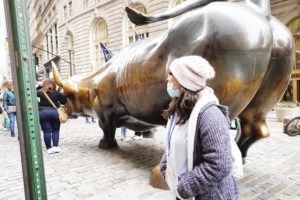
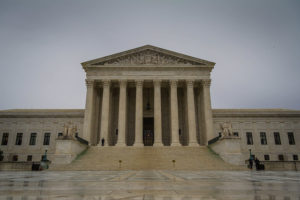
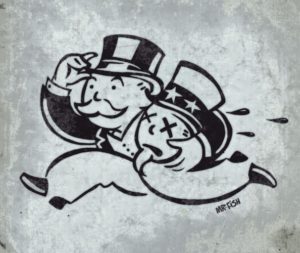

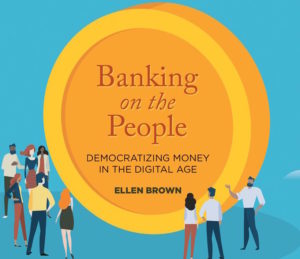
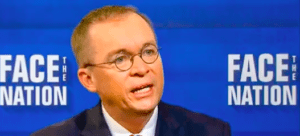
You need to be a supporter to comment.
There are currently no responses to this article.
Be the first to respond.